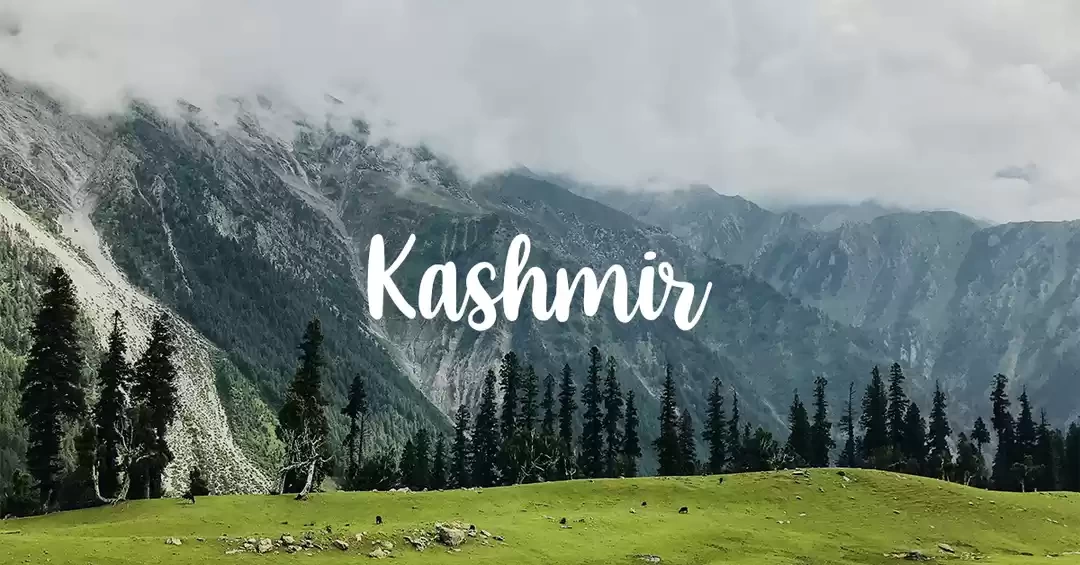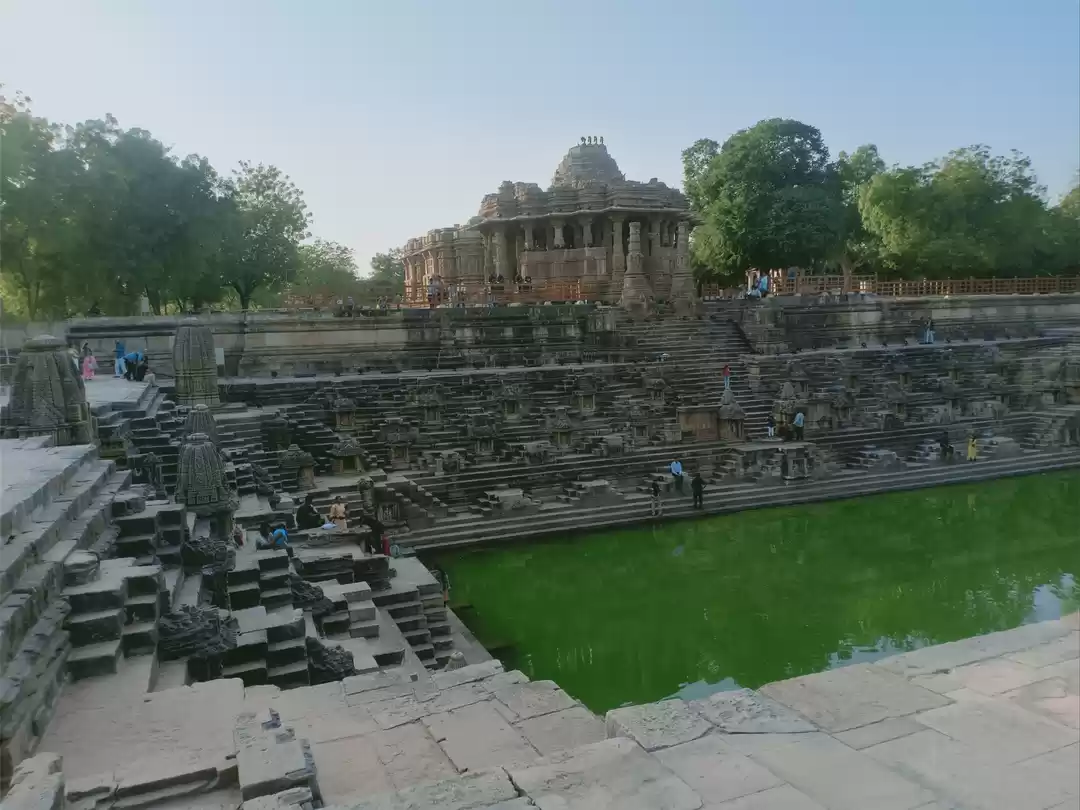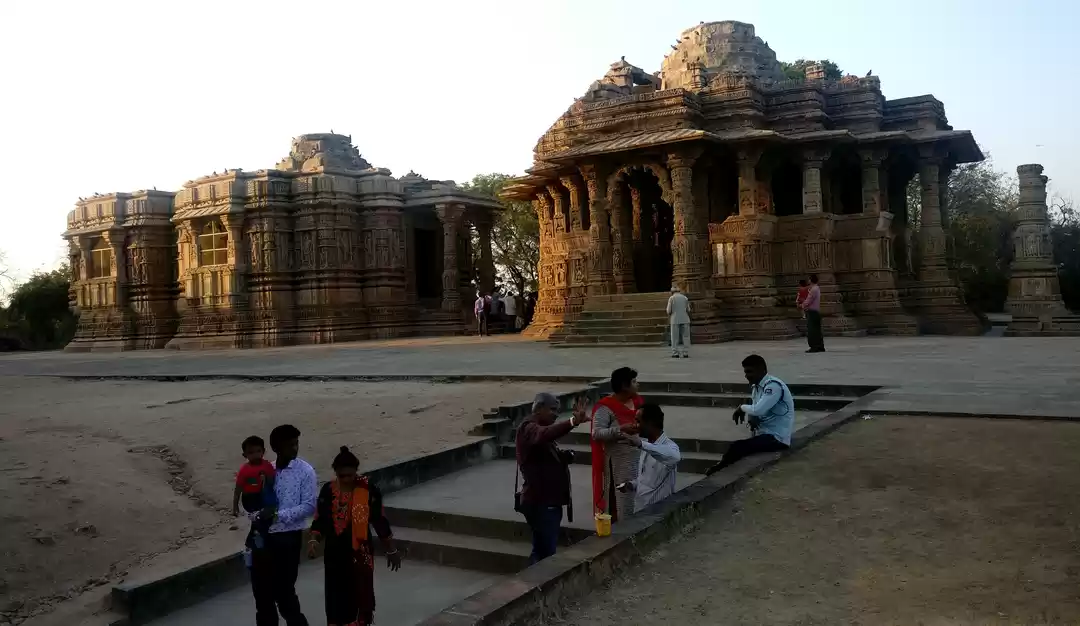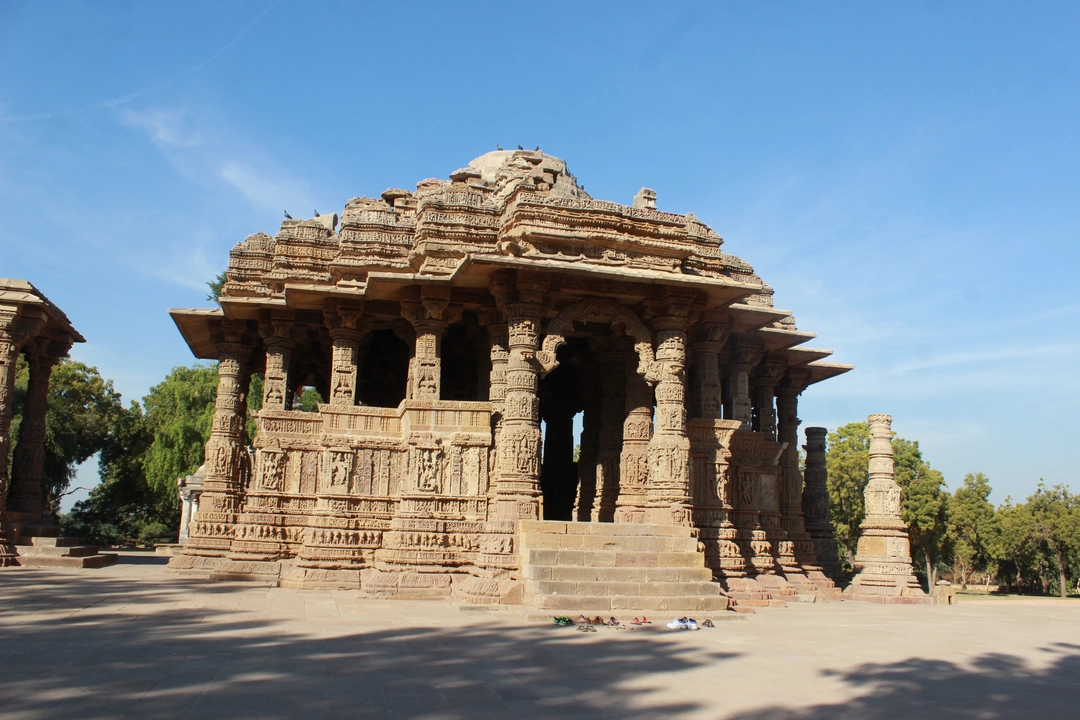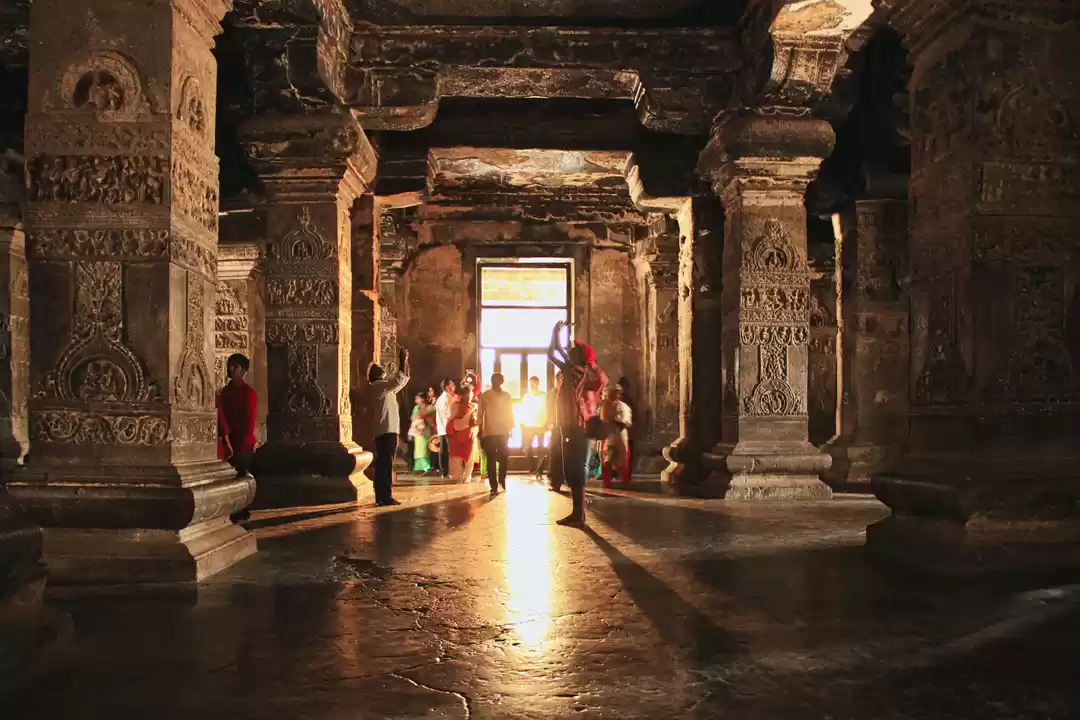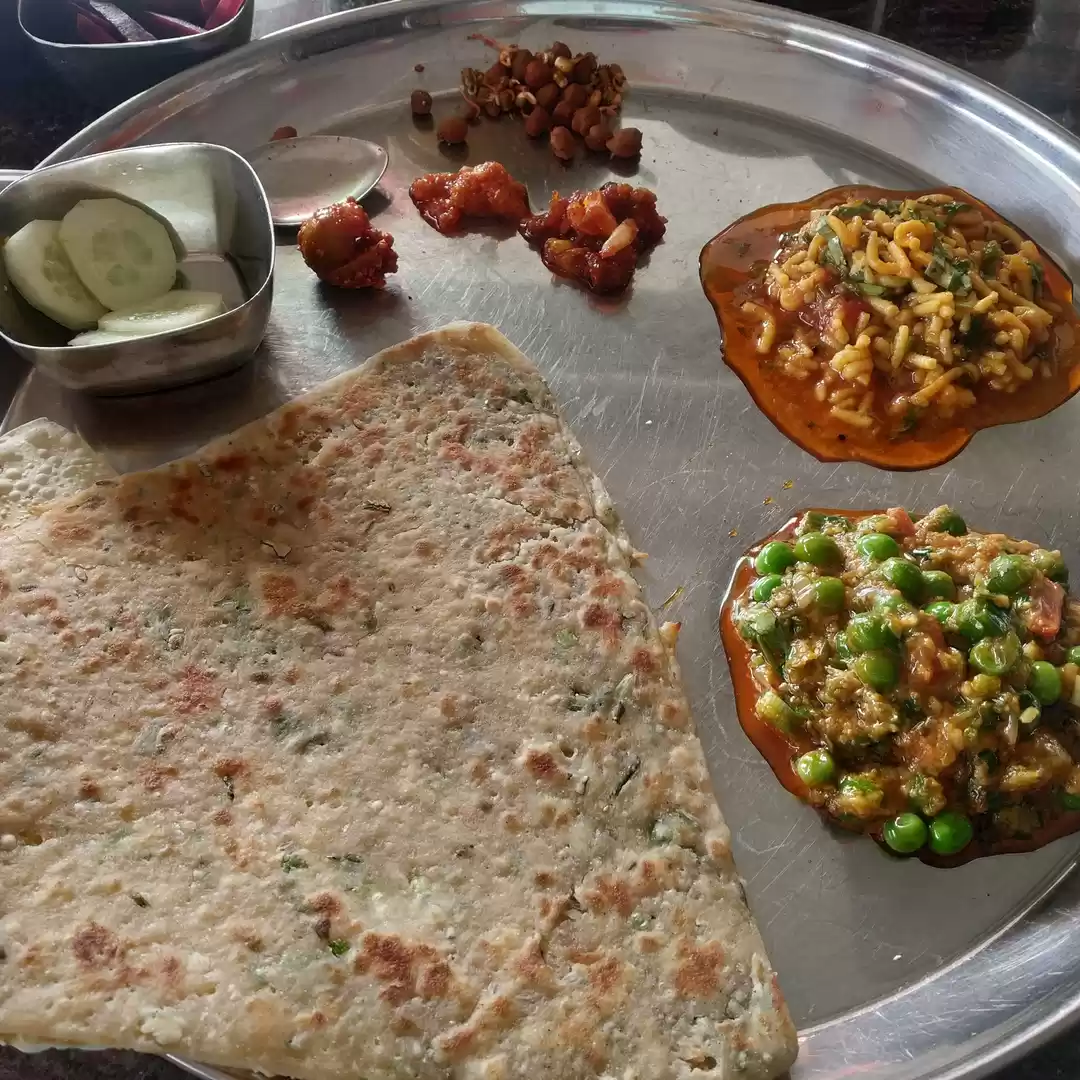
The Sun Temple of Modhera presents an exquisite example of the Māru-Gurjara or Solankhi style temple architecture of Western India. It is highly impressive with its well-preserved intricate carvings on the exterior and interior walls, and a lavishly designed pond in the foreground, bearing geometrically perfect steps and dozens of teeny-weeny shrines. It is located in the Mehsana district of Gujarat, on the left bank of the River Pushpavati, and was built in the 11th century during the reign of Bhimadeva I (1022- 1063 C.E.) of the Solankhi dynasty. The area is mentioned in the Skandapurana as the Bhaskar region (‘Bhaskar’ means ‘sun’).

The temple is situated on 23.6°N latitude or virtually on the Tropic of Cancer, thus at the time of the summer solstice, the sun is directly overhead and the structure casts no shadow at noon. Like all temples dedicated to Suryadev, the temple is so designed that the rays of the rising sun light up the main idol. It was only in December 2022 that the Modhera Sun temple was added to the tentative list of the UNESCO World Heritage Sites. Better late than never!
Bhima’s kingdom was invaded by Mahmud of Ghazni around 1024-25 and he appears to have successfully defended it, for the grand temple was built soon thereafter. The temple may have been built to commemorate this historic defense. It bears an upside-down inscription with the date ‘Vikram Samvat 1083’ (1026-1027 C.E.), carelessly scripted in Devanagari. It is likely that the inverted positioning of the date was the consequence of destruction and subsequent reconstruction. Alternatively, the inscribed date could well have been the date of destruction by the Ghaznavid army. The tank or kund was apparently built earlier at the beginning of the 11th century. In any case, Bhima I once again adorned the throne and ensured the construction of the temple soon after the exit of the invaders. The sabha-mandapa (assembly hall) or ranga-mandapa (dancing hall) was built much later, in the third quarter of the 12th century, along with several other embellishments.



The magnificent rectangular tank, known as Ramakunda, measures 175 x 120 feet, and has grand flights of steps on all four sides, adorned by 108 mini shrines with Ganesha, Nataraja, Seshasayi Vishnu, Sitala Mata and various other deities in evidence. Inside the main temple you find elaborately decorated archways and tall, elegant, carved pillars.


Apsaras (celestial nymphs), ashta- dikpalas (guardians of the 8 directions), the 12 Adityas (12 images of the Sun God), musicians, various forms of the goddess Gauri (Parvati), and scenes from the Ramayana and the Mahabharata add to the mystique of the structure. Brahma, Durga, Sapta-matrika (7 mother goddesses) and the Narasimha (man-lion), the boar (Varaha) and the dwarf (Vamana) incarnations of Vishnu are also seen. Obviously, not just Suryadev but a host of other gods are invoked here. Apparently, there are some amorous couples as well, but I didn’t look that closely. It is said that only the Sun Temple at Konark, Odisha, can out-rank the Modhera Temple in design and splendor.

The shikara no longer exists. The main idol is missing. Many of the figures are mutilated. Some parts have collapsed. Pujas are no longer performed. But the grandeur is not diminished and the ASI (Archeological Survey of India) is doing a decent job of maintaining the premises. Pilgrims, tourists, and school children continue to come in droves. The Modhera Dance Festival is an annual 3 day event held in the third week of January when renowned classical danseuses perform at the temple complex.

Modhera became India’s first 24x7 solar powered village when Prime Minister, Narendra Modi, announced that the village had been placed on the environmental and energy map of the world. However, we were told that not everyone in the village has access to solar energy, and total electrification remains a work in progress. Nevertheless, it is a laudable initiative that needs to be replicated across the country. After all, India has been abundantly blessed by the Sun God, who makes his presence felt everywhere 364 days a year. Currently, India’s global ranking is fifth in terms of installed solar power capacity - after China, the U.S.A., Japan and Germany.

The Modhera temple is around 30 km from Patan which is famous for the Rani ki Vav, a spectacular kund that fascinates visitors from far and wide. It is believed to have been built by Queen Udayamati, the wife of King Bhima I. Our tight schedule did not permit us to visit this unique step well.










